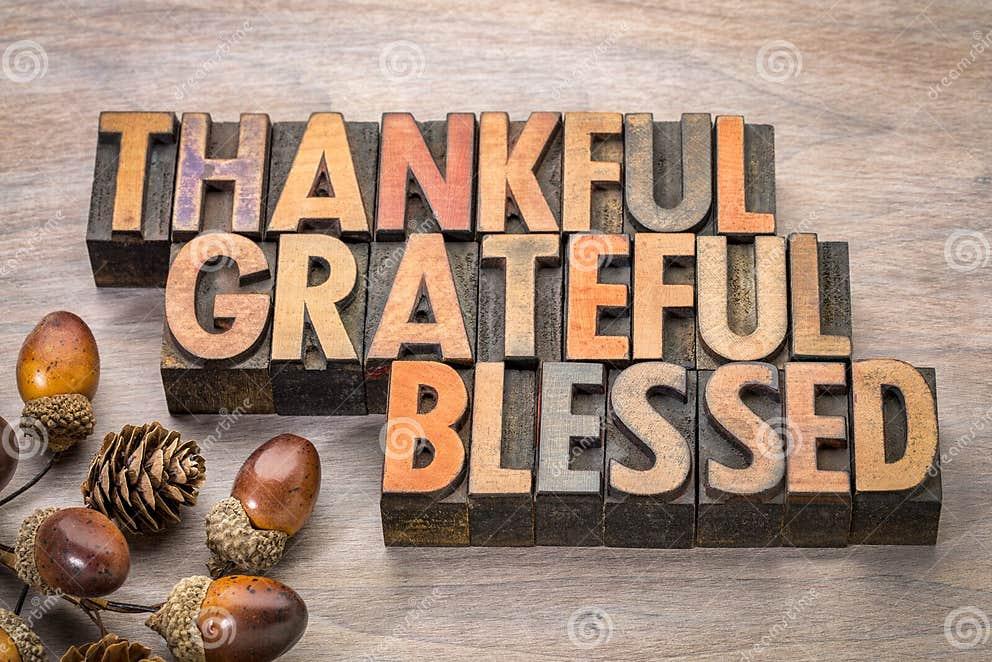Thanksgiving Modern and past, what is the story behind it

Thanksgiving is a traditional North American holiday that originated in the United States. The holiday's roots can be traced back to a 1621 feast shared by Pilgrims (early English settlers) and Native Americans in Plymouth, Massachusetts, to celebrate a successful harvest.
The exact details of the historical feast are somewhat unclear, but it is commonly regarded as a time when Pilgrims and Wampanoag Indians came together to give thanks for a bountiful harvest and to share a communal meal. The idea of setting aside a day for giving thanks spread, and different colonies and states observed days of thanksgiving throughout the years.
In 1863, during the Civil War, President Abraham Lincoln proclaimed Thanksgiving a national holiday, setting the date as the final Thursday in November. In 1941, Congress officially established Thanksgiving as the fourth Thursday in November, where it remains today.
Modern celebrations of Thanksgiving typically involve a festive meal, often featuring roast turkey, stuffing, cranberry sauce, and pumpkin pie. It is a time for family and friends to come together, express gratitude, and reflect on the blessings of the past year. Thanksgiving has become a significant cultural and family-oriented holiday in the United States, marked by various traditions and the iconic Thanksgiving Day Parade in New York City.
The story of Thanksgiving dates back to 1621 when a group of English Pilgrims, seeking religious freedom, arrived at Plymouth, Massachusetts, after a challenging journey across the Atlantic on the Mayflower. The Pilgrims faced a harsh winter during which many of them succumbed to illness and malnutrition.
With the help of Squanto, a Native American who spoke English and had knowledge of local agriculture, the Pilgrims learned essential skills for survival, such as planting crops and fishing. Squanto also helped them build relations with the Wampanoag people.
In the fall of 1621, the Pilgrims experienced a successful harvest, and to give thanks for the bountiful crops, they organized a three-day feast. This event is often considered the first Thanksgiving. The Pilgrims invited Chief Massasoit of the Wampanoag tribe and around 90 Native Americans to join them in celebrating and sharing a meal.
The feast included a variety of foods, such as venison, fowl (possibly wild turkey), fish, corn, beans, squash, and other local delicacies. The celebration was a symbol of unity and gratitude between the Pilgrims and the Native Americans, as they came together to share in the bounty of the harvest.
While this event marked a moment of cooperation and thanksgiving, it's essential to acknowledge the complex history between European settlers and Native American communities that followed. The story of the first Thanksgiving has evolved into a symbol of gratitude, family, and the coming together of diverse communities, celebrated annually in the United States on the fourth Thursday of November.

- Art
- Causes
- Crafts
- Dance
- Drinks
- Film
- Fitness
- Food
- Games
- Gardening
- Health
- Home
- Literature
- Music
- Networking
- Other
- Party
- Religion
- Shopping
- Sports
- Theater
- Wellness


